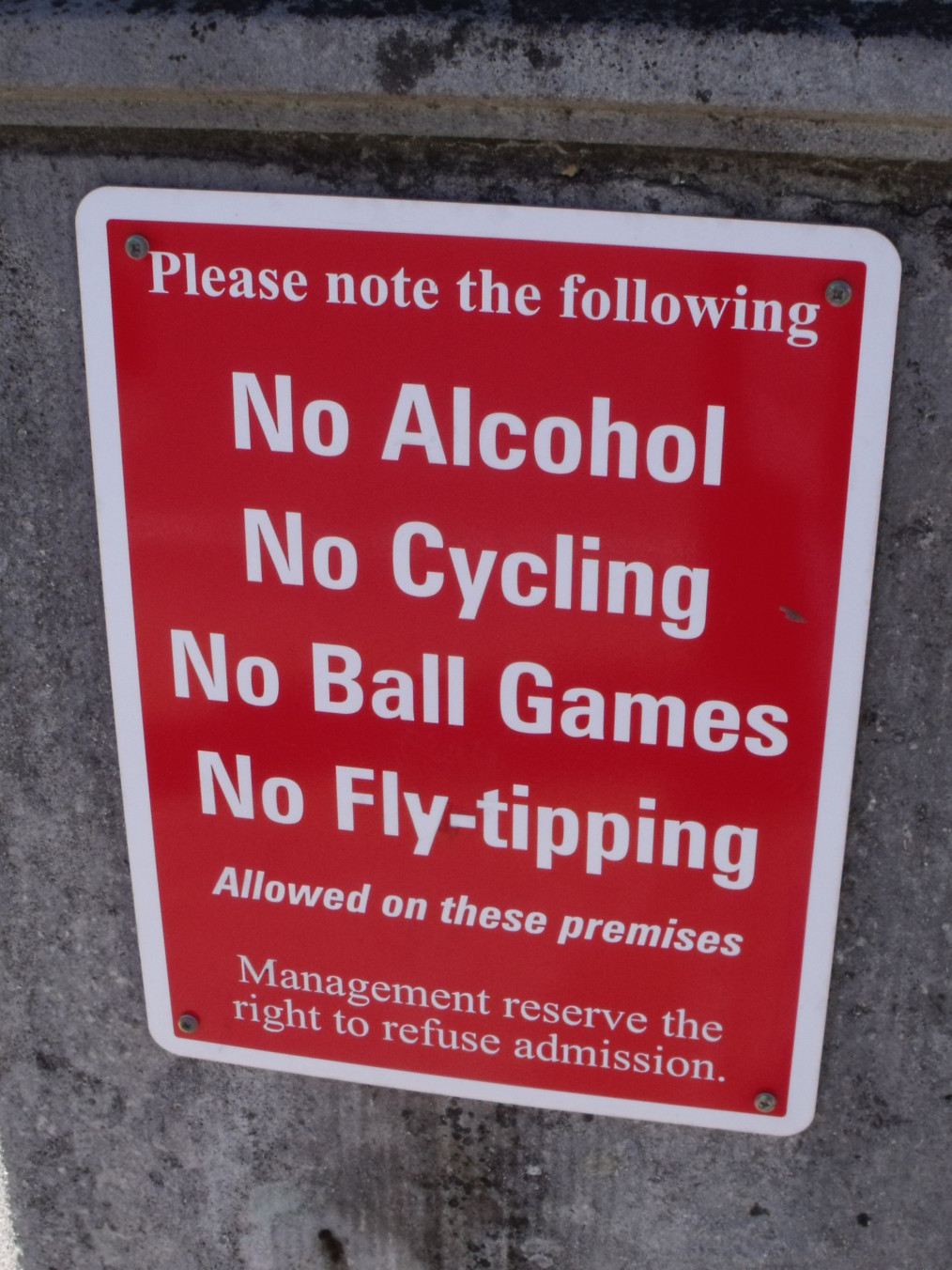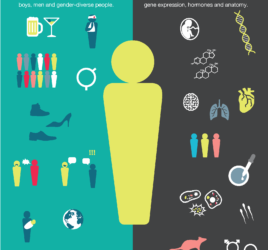
Are all cyclists on a night out drunk?
The media always love to jump on studies on alcohol. “No brain damage as a result of alcohol consumption with teenagers?” was a large bold headline in de Volkskrant. “Almost no sober cyclists at night”. Well, not a page 1 headline but it did reach page 2 of the same newspaper. As scientists we know these are simplifications, the press just prefers the world to be displayed in black or white. The brain damage story turned out to be a lot more nuanced than the headline suggested.
“So what is true about bicycling under the influence of alcohol?”
That question actually was the reason to start the study on this topic. We all had ideas that there is a large portion of cyclists who ride their bike under the influence of alcohol, but how large that proportion actually is and with which Blood Alcohol Concentration (BAC) people ride their bike, we did not know. So we went out and measured. ‘We’ here means 12 students.
The students operated in teams of three, and as it is difficult to stop cyclists they approached cyclists who were busy locking or unlocking their bicycles. This takes some time as many bicycles are stolen, so you need a large lock (preferably two), and during this time the students asked for co-operation. They asked a few questions such as about their age, how far they just cycled or were going to cycle, and whether they thought there were legal restrictions for cycling under the influence of alcohol. As opposed to Germany where the legal limit is as high as 1.6 ‰ for cycling under the influence (Hartung et al., 2015), the limit in The Netherlands is the same as for car drivers: 0.5‰. The students also obtained a breath sample that was analysed by a breathalyser.
Samples were obtained on four nights, two Thursday and two Saturday nights, in the city centres of Groningen and The Hague. Groningen was selected as this is a typical student city, about 25% of the inhabitants of Groningen are students, The Hague was chosen as it is a large city in the West of The Netherlands that is not a typical student city (about 5% of the inhabitants). Another reason to include The Hague was that the study was completed in co-operation with SWOV (Stichting Wetenschappelijk Onderzoek Verkeersveiligheid) who reside in The Hague. In Groningen Thursdays are student nights out. So a biased sample, biased towards nights out. But that was the idea, to find out what is the prevalence of cycling under the influence of alcohol. The study was performed from 5 PM until the next morning, 8 AM to see if any changes in proportion cyclists under influence and their Blood Alcohol Concentration over the course of the night would take place.
“Results show that the proportion of bicyclists who ride their bicycle under influence increases from 8% at 5 PM, to just above 50% at midnight, up to over 90% after 4 AM.”
Many cyclists had an illegal BAC above 0.5 ‰; none had this at 5 PM, 20% at midnight quickly rising after that up to over 70% after 4 AM. The average BAC of those who had alcohol in their blood was 1.0‰ after 4 AM. Remarkably, no major differences were found between Groningen and The Hague, nor between the Thursday versus weekend night. And only 39% of the participants were aware of the legal limit.
“So, “Almost no sober cyclists at night”? Is it really true that early in the morning 90% of the cyclists are drunk?”
No, 7 AM on a Friday morning there will be plenty of commuters who are 100% sober. The large proportion found at that time is related to the way the research was performed: samples were taken on central locations where people parked or had parked their bikes to go out. Nevertheless, it is good to know in what state many cyclists are at night, but we also have to conclude that it is better that they are on a bike instead of behind the steering wheel of a car. Perhaps this is because they are aware of a legal limit for driving a car, but not for this limit for riding a bicycle. It is also possible that they a make a conscious choice before going out; on a bicycle you can cover longer distances than on foot and drunk on a bike, you primarily pose a threat to yourself….
References
De Waard, D., Houwing, S., Lewis-Evans, B., Twisk, D., & Brookhuis, K. (in press – available). Bicycling under the influence of alcohol. Transportation Research Part F. DOI: 10.1016/j.trf.2015.03.003
Hartung, B., Mindiashvili, N., Maatz, R., Schwender, H., Roth, E.H., Ritz-Timme, S., Moody, J., Malczyk, A., & Daldrup, T. (2015). Regarding the fitness to ride a bicycle under the acute influence of alcohol. International Journal of Legal Medicine, 129, 471-480. DOI: 10.1007/s00414-014-1104-z
NOTE: Image by Elliott Brown, licenced under CC BY 2.0



